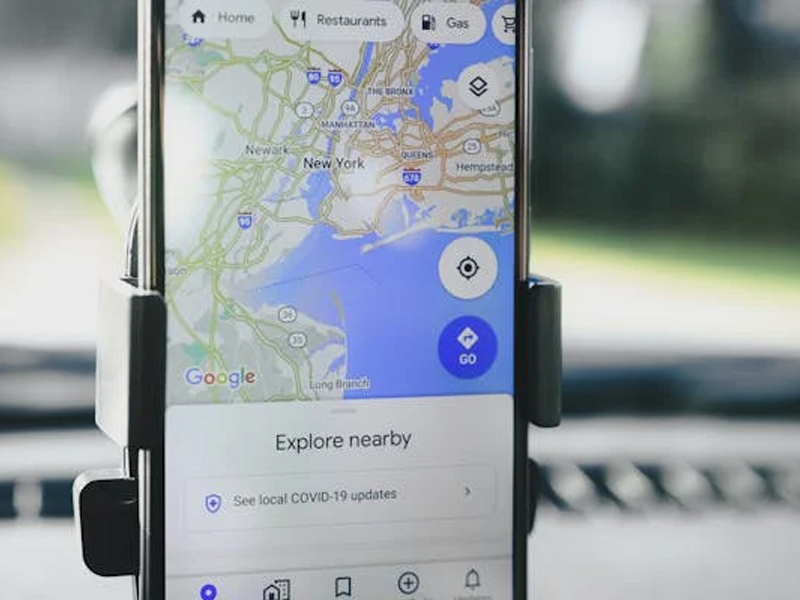Apple enters the elite wireless charging club
Uncategorized
 Apple has been and is always the best in exploring cutting-edge technologies that would allow its iPhones to be way far than any other company can even dream and now it is found that the company is working on technology that could charge iPhones wirelessly over a distance, which could be introduced as early as next year. The company is said to be looking to overcome technical barriers including loss of power over distance with a decision on implementing the technology still being assessed.
This company is reported to be developing a form of wireless charging which frees the iPhone from needing to be placed on a charging mat, the most commonly used format currently. Semiconductor makers Broadcom Corp. and Qualcomm Inc. are among those who have developed or are developing technology and standards for wireless charging. However it is too early to declare that this feature might be available in the upcoming iPhone 7.
It is to be noted that the Apple Watch and several rival smartphones, including Samsung’s Galaxy S6 flagship, use a form of wireless charging that can power a device by resting them on pads instead of being physically plugged into a cable – a process known as inductive or QI charging.
The upcoming iPhone 7, though it might not support the wireless charging feature it is supposed to boast a waterproof body and will also do away with the iPhone’s headphone jack.
Apple has been and is always the best in exploring cutting-edge technologies that would allow its iPhones to be way far than any other company can even dream and now it is found that the company is working on technology that could charge iPhones wirelessly over a distance, which could be introduced as early as next year. The company is said to be looking to overcome technical barriers including loss of power over distance with a decision on implementing the technology still being assessed.
This company is reported to be developing a form of wireless charging which frees the iPhone from needing to be placed on a charging mat, the most commonly used format currently. Semiconductor makers Broadcom Corp. and Qualcomm Inc. are among those who have developed or are developing technology and standards for wireless charging. However it is too early to declare that this feature might be available in the upcoming iPhone 7.
It is to be noted that the Apple Watch and several rival smartphones, including Samsung’s Galaxy S6 flagship, use a form of wireless charging that can power a device by resting them on pads instead of being physically plugged into a cable – a process known as inductive or QI charging.
The upcoming iPhone 7, though it might not support the wireless charging feature it is supposed to boast a waterproof body and will also do away with the iPhone’s headphone jack.
You Might Be Interested In:
Frequently Asked Questions?

01
Blockchain
The High Price of Crypto: Environmental Cost of Mining and Solutions for a Greener Future
Apr 25, 2024

01
AI & ML
Gemini Evolves: Your AI Assistant on the Go with the New Overlay Feature
Apr 24, 2024

01
Tech news
Cloud Storage: Powering Progress or Polluting the Planet?
Apr 22, 2024

01
AI & ML
No More Range Anxiety: Google Maps Uses AI to Simplify EV Charging
Apr 20, 2024
SUSBSCRIBE TO OUR NEWSLETTER
Join our subscribers list to get the latest news and special offers.
The High Price of Crypto: Environmental Cost of Mining and Solutions for a Greener Future
Gemini Evolves: Your AI Assistant on the Go with the New Overlay Feature
Cloud Storage: Powering Progress or Polluting the Planet?
Gearing Up for a Connected Tomorrow: Top Trends Shaping the Future of IoT